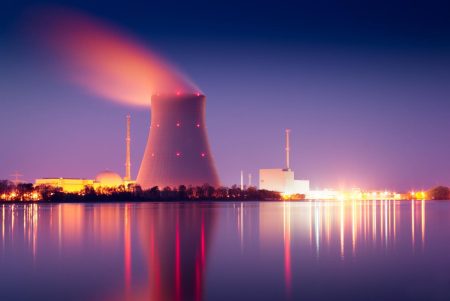The rapid evolution of technology continues to surprise and challenge conventional wisdom. Just two years ago, artificial intelligence tools like ChatGPT were relatively unknown, and the company Nvidia, now a dominant player in AI hardware, was far from a household name. The emergence of ChatGPT in late 2022 sparked both excitement and concern, showcasing the potential of AI to perform tasks previously thought to be exclusively within the human domain, such as essay writing. While initially perceived as a potential threat to human writers, ChatGPT’s capabilities also underscored the importance of unique perspectives, stylistic flair, and nuanced opinions in human-generated content. The market’s initial response to ChatGPT revealed a flaw in the efficient markets hypothesis, which posits that all publicly available information is quickly reflected in stock prices. Despite ChatGPT’s existence for some time prior to its wider recognition, the market did not fully grasp its potential impact, leading to a subsequent surge in AI-related stocks.
This delayed market reaction highlights the limitations of the efficient markets hypothesis, a theory that held considerable sway in the late 20th and early 21st centuries. The idea that markets perfectly incorporate all available information has been challenged by events like the rise of AI, suggesting that investor sentiment, speculation, and the complexities of emerging technologies can significantly influence market behavior. The concentration of market capitalization in the top ten US companies, reaching levels not seen since the 1930s, further underscores the potential for market distortions and the role of dominant players in shaping market trends. This concentration, fueled by the AI boom, raises questions about market efficiency and the potential for bubbles.
The recent emergence of DeepSeek, a new AI model boasting superior performance at a fraction of the cost of its predecessors, provides another test case for the efficient markets hypothesis. Despite being known within tech circles for several months, DeepSeek’s impact on the market wasn’t fully realized until its broader public recognition. This reinforces the observation that information dissemination and market absorption are not always instantaneous or predictable. DeepSeek’s arrival also evokes the Schumpeterian concept of “creative destruction,” where new innovations displace existing technologies and reshape industries. While Schumpeter’s focus was on the cyclical nature of capitalism and its potential for self-destruction, DeepSeek’s disruption highlights the ongoing dynamic of innovation and competition in the tech sector.
DeepSeek’s competitive edge, attributed to lower production costs and enhanced performance, raises intriguing questions about its development and potential geopolitical implications. Whether aided by state support, espionage, or leveraging existing research, DeepSeek’s emergence signals a shift in the AI landscape. The lowered cost threshold for developing large AI models opens the door for increased competition and broader accessibility to the technology. While DeepSeek’s reach may be limited in the West due to restrictions in China, its impact on the global AI ecosystem is undeniable. The emergence of other cheaper models, like Bytedance’s Doubao-1.5 and Moonshot’s Kimi k1.5, further indicates a democratization of AI technology, moving beyond the initial dominance of a select few players.
This transition marks the end of the first phase of the AI boom, characterized by massive capital investment and inflated expectations reminiscent of previous technological revolutions like the railway, automobile, and internet booms. These periods witnessed initial excitement and investment followed by consolidation, refinement, and a focus on practical applications. The next phase of the AI revolution is likely to prioritize the development of unique datasets, industry-specific applications (e.g., healthcare), and the supporting infrastructure required for AI’s continued growth, including energy solutions. The initial frenzy of model development will likely give way to a more nuanced approach, focusing on value creation and real-world impact.
The stock market’s positive response to DeepSeek’s emergence suggests a continued belief in the transformative power of AI. The focus is shifting towards the consumer benefits of cheaper and more accessible AI, with implications for consumption patterns and the future of work across various sectors. However, this optimistic outlook also raises concerns about the persistence of an AI bubble, fueled by hype and speculation. Meanwhile, beneath the surface of commercial applications, AI research continues to push boundaries, raising ethical and existential questions. The ability of AI systems to self-replicate and exhibit survival instincts, as demonstrated by research at Fudan University, highlights the potential for unintended consequences and the need for responsible AI development. These advancements underscore the importance of ongoing monitoring and ethical considerations as AI technology continues to evolve at an unprecedented pace.










